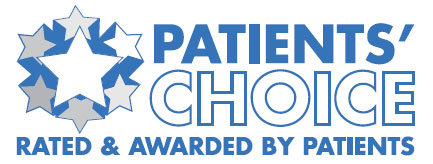How effective is it?
A vasectomy is 99.85% effective as a birth control method. Typically, a year after vasectomy, only two women out of 1000 become pregnant. So far, Dr. Shu’s techniques have proved to be very effective, and he performed about 1000 vasectomies without any failure (100% effective).
Post-vasectomy pregnancy usually occurs soon after the procedure due to residual sperm in the vas deferens and late occurance due to vas recanalization. It usually requires 20-25 ejaculations before no sperm is present in seminal fluid; prior to that partners should take caution during intercourse, and it is strongly recommended to have a follow up test for sperm in ejaculate after the procedure.
Tubal ligation, or “getting your tubes tied” is often seen as the female equivalent, and is similarly effective; however, it is considerably more invasive and poses higher risk of complications.
Does it effect sexual pleasure/performance?
Physically, vasectomies have no effect on sexual performance or libido. Vasectomies only involve cutting the vas deferens, the path that leads from the testes to the urethra. Sperm is still produced in the testes after a vasectomy, but it is absorbed into the body rather than enter the urethra. Erection, orgasm, and ejaculation all function as normal, just in the absence of sperm in the ejaculate. The testes function normally and continue to secrete hormones as they did before the surgery. Psychologically, some men may feel sexual anxiety, as fertility is seen by some as a crucial aspect of masculinity, in which case understanding and reassurance is required. That said, most partners seem to find that a vasectomy makes their sex lives better as fear of pregnancy is no longer an issue. Studies show that couples where the men has had a vasectomy tend to have sex 5.9 times per month on average, compared to 4.9 times a month for the average couple.
Is vasectomy reversible?
Yes! Vasovasostomy is a procedure where the severed vas deferens is reconnected to allow the passage of sperm. It is a minimally invasive procedure that can be done under local anesthesia in the office. Dr. Shu uses the no scalpel technique with minimal trauma, so the patients usually have a quick recovery. A vasoepididymostomy, done when vasovasostomy is not possible, involves connecting the vas tube to the epididymis, which is a far more invasive and is beyond the scope of an office procedure. Generally, success depends on how long the man has had a vasectomy.



